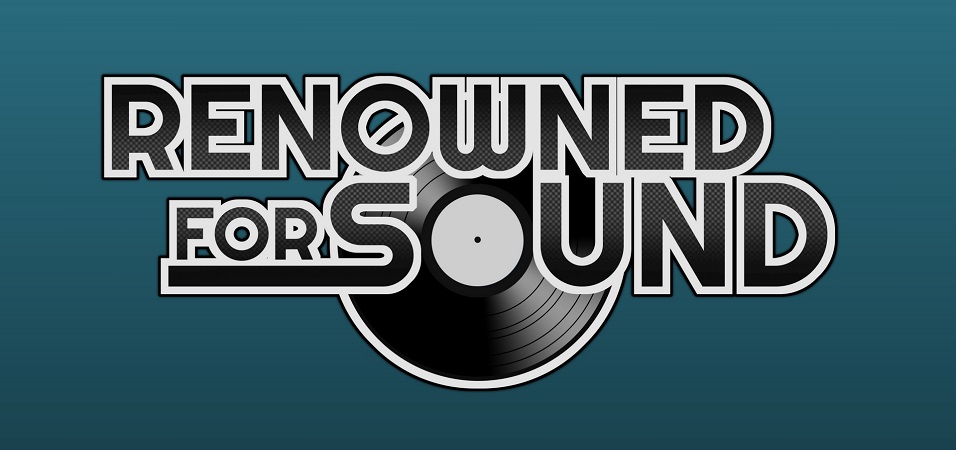October Challenge – Kill List
3 min read
Kill List is as much an anthropological exhibit as it is a film. There is a chilly distance to the proceedings – as though writer Amy Jump and Ben Wheatley are observing an alien species that they don’t entirely feel safe around – and at several key moments the camera takes a very significant step backwards. We watch from afar as characters throw each other to the ground; as murders are committed; as suicides are undertaken; and the darker and bloodier the film gets, the more matter-of-factly we observe the hideous proceedings.
Indeed, it’s this distance that has led some to compare the film to The Shining, but Kill List is so genuinely unique that any comparisons to other films are unwarranted. It is a stunning film – the best British horror movie in at least two decades – and a woozy, paranoid fantasy with murder on its mind.
The plot is drenched in mystery, but it’s also refreshingly stripped back: Jay (Neil Maskell) and Gal (Michael Smiley), unfitting family men, ex-soldiers and contract killers, are tasked with working their way down the list of the title, a collection of names they need to eliminate. Once more, this is where Wheatley and Jump’s terrifying iciness comes into play; the film deals with this list in the most matter of fact way possible, flashing up the ‘name’ of the target on the screen – ‘The Librarian’, ‘The Priest’, – with clinical remove, before letting the full violence of the hit unfurl.
And make no mistake; Kill List does get violent. Horrifically so. But again, even the film’s most violent scene takes place in the middle of the day, and Wheatley lights the action with the cool light of the midday sun, rather than shroud it in shadow and darkness. He doesn’t shy away from the full brunt of what is going on, and he doesn’t allow the audience too either; his eyes are wide open, as are ours.
It’s gruelling in the best possible way, but it never becomes one note or repetitive, thanks in part to the ever-brilliant work of Michael Smiley, who injects warmth and pathos into the proceedings. His Gal, along with Jay’s wife Shel (MyAnna Buring) remain the two points of light in an inky sea of darkness, and it is towards them that we gravitate. As Jay spirals further and further into a nightmarish world of his own making, and Maskell’s performance grows increasingly, fascinatingly unhinged, we run to Gal and Shel like children, desperately hoping that they will be able to protect us from the monsters rapidly assembling under our bed.
But of course, they can’t, and by the time the shocking, brilliant climax – one of the most memorable horror finales in a long, long time – comes along, we are left as vulnerable and terrified as Jay. Wheatley and Jump offer no answers with their ending, and Kill List is all the better for it. Indeed the film’s final shot, one that has all the horror and power of a knife sliding between the ribs, is a symbol waiting for the audience to interpret, a glyph with no obvious translation. In short: it is the perfect way to end a perfect film.

